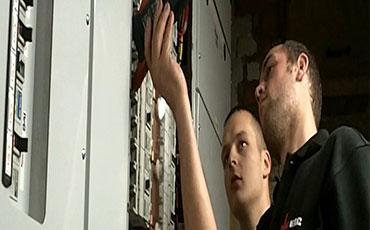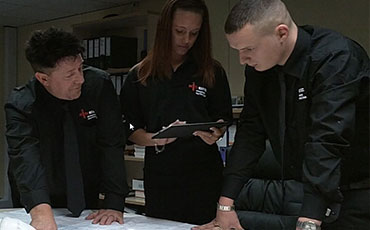In 2005 the Government introduced electrical safety rules into the Building Regulations for England and Wales.
Because of this, most fixed electrical installation work in homes must, by law, meet the Building Regulations
Part P states that anyone carrying out electrical installation work in a home must make sure that the work is designed and installed to protect people from fire and electric shocks.
Part P applies to any changes made to existing installations, including any parts that have been rewired. In April 2013 further changes were introduced, reducing the range of electrical installation work that is notifiable - removing some requirements in kitchens and outdoors.

Electricians carrying out work in England and Wales have to comply with Part P of the Building Regulations whereas in Scotland it is the Building Standards system. At the present time Northern Ireland has no equivalent statutory requirement.
What electrical work is covered by this law?
All electrical installation work in a home, garden, conservatory or outbuilding must meet the Building Regulations.
Apart from some types of minor work, all electrical work must either be reported to the local-authority building-control, or be carried out by an electrician who is registered with one
Who is responsible for making sure that electrical work meets the requirements of Part P?
By law, all homeowners and landlords must be able to prove that all electrical installation work meets Part P, or they will be committing a criminal offence.
Local authorities can make homeowners or landlords remove or alter any work that does not meet the Building Regulations.

